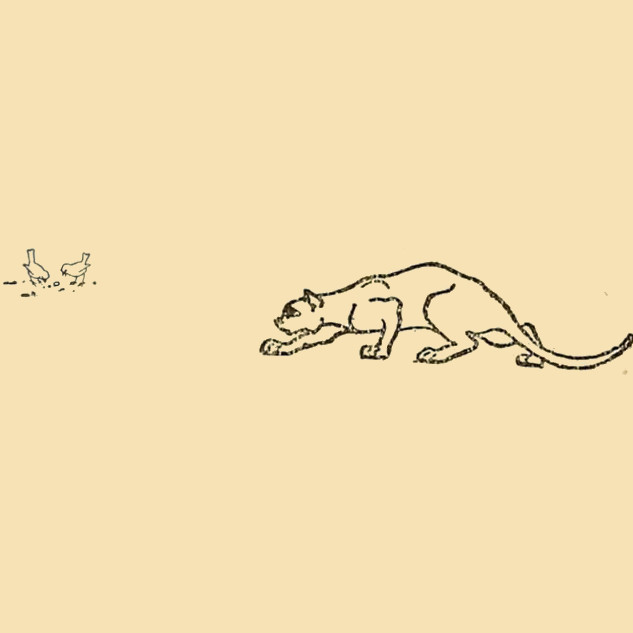Risk Perceptions about Outdoor Pet Cats in a Small City in the Interior of British Columbia Risk perceptions about outdoor pet cats
Main Article Content
Abstract
This research aims to analyze and understand the perception of the risks pet cats impose on the environment and incur while outdoors in Kamloops, British Columbia. An online survey, influenced by past studies and tailored to the local circumstances, collected 584 valid responses, of which 155 were outdoor cat owners, 221 indoor cat owners, and 208 non-cat owners. It provides insight into the perceptions of 16 bidirectional risks for outdoor and indoor cat owners and non-cat owners. Two hypotheses—one comparing risk perceptions between cat owners and non-cat owners and the other between outdoor and indoor cat owners—drive this study. The study used Wilcoxon-rank and Mann-Whitney U tests to analyze risk perceptions from cat and non-cat owners. Gender, education, and freely roaming neighborhood cats were examined in ordered logistic regression models to detect the influence these may have on the various risks. The results demonstrate for the risks deemed as the highest that cats impose on the environment includes predation on mice/rats for owners of outdoor pet cats and property damages for indoor cat owners and non-cat owners. The risks cats incur includes getting hit by a car, going missing, and predation from coyotes for both cat and non-cat owners. The level of risk perception for the diseases cats imposes and incur continues to rate low. Female respondents perceive larger cat hazards, especially predation from coyotes, lynx, and cougars, than males. Respondents with post-secondary education see an increase in risk of cats' decreasing bird populations and an increased risk of wildlife illness susceptibility. Increased cats in a neighborhood impact bird populations and disease transmission. The study emphasizes the need for region-specific rules that balance animal conservation and pet safety and satisfy all stakeholders' concerns. Wildlife conservationists, animal welfare organizations, and municipal governments should work together to promote risk-mitigating behaviors and community improvements for outdoor pet cats, according to the findings.
Downloads
Article Details

This work is licensed under a Creative Commons Attribution-NonCommercial-ShareAlike 4.0 International License.
Authors will be the copyright proprietor of their own work although they have accepted to use a creative common license, specifically CC-Attribution-NonComercial-ShareAlike_4.0

